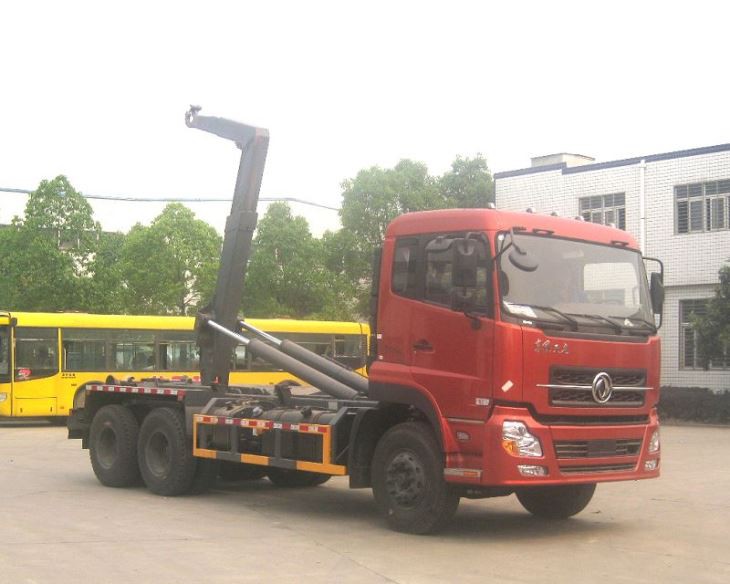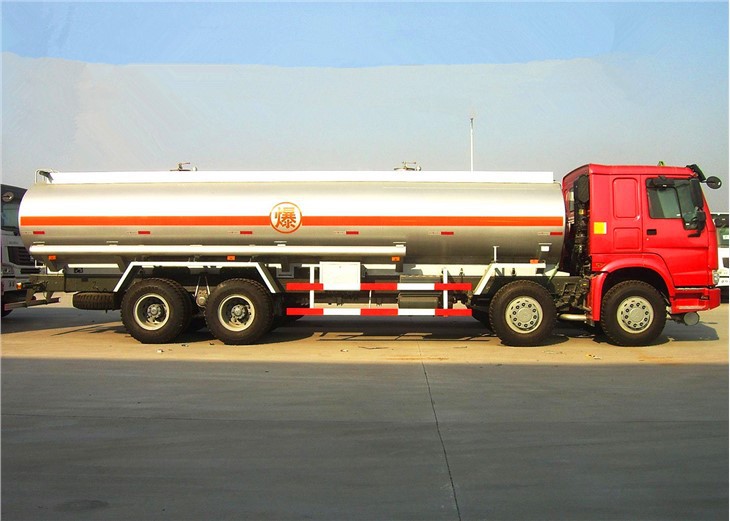Concrete is a crucial material used in construction, but the conditions of its transport can significantly impact its performance. One common question that arises among contractors and construction professionals is, “how long can concrete sit in a truck?” This article explores this vital topic in detail, providing insights, factors that influence the sitting time, practical examples, and expert tips. Let’s delve into everything you need to know about the longevity of concrete in transit.
Understanding Concrete Setting and Transportation
Concrete is a mixture of cement, water, aggregates, and optional additives. Once it is mixed, it begins the curing process, and its time in the truck is crucial. The harder or stiffer concrete becomes, the less workable it is, making it essential to understand its behavior during transport.
The Importance of Time in Concrete Handling
It is critical to manage the time concrete spends in transit to ensure the best performance. Prolonged sitting can lead to issues such as:
- Consistency loss: The concrete may become too thick or stiff.
- Segregation: Heavier aggregates may settle, leading to inconsistent mixtures.
- Increased heat: A longer wait can lead to temperature increases, affecting curing.
Factors Influencing How Long Concrete Can Sit in a Truck
Several factors determine the duration concrete can sit in a truck without compromising its quality:
1. Temperature
Ambient temperature plays a significant role in how quickly concrete sets. Higher temperatures can accelerate the curing process, potentially resulting in a need for quicker placement.
2. Type of Concrete Mix
Different types of concrete mixtures have varying setting times. For example, a quick-setting mix will harden sooner than a standard mix, affecting how long it can remain in transit.
3. Truck Mixer Technology
Modern concrete trucks often come equipped with technology that helps maintain the temperature and consistency of the concrete. Features such as insulated drums and temperature monitoring systems can help prolong the usable life of the mix.
4. Additives Used
Chemical additives can alter the setting times of concrete. For instance, retarders are used to slow down the setting process, while accelerators speed it up. The choice of additive influences how long concrete can remain in a truck before placement.
5. Load Conditions
The amount of concrete in the truck can also affect its mobility. A full load may stay workable longer than a partially full one, as less material can lead to quicker cooling and stiffening.
6. Time Since Mixing
The longer the concrete sits post-mixing, the more it begins to set. Ideally, concrete should be delivered to the site within two hours of mixing to ensure optimal workability.
How Long Can Concrete Sit in a Truck?
The general guideline suggests that concrete can sit in a truck for about 1.5 to 2 hours without significant issues. However, several circumstances might extend this time:
Best Case Scenario
Under ideal conditions (cool temperatures, proper additives), concrete could potentially last up to 4 hours in a truck. Professional recommendations imply use of retarders in extreme situations, allowing up to 5 hours of workability.
Worst Case Scenario
If the temperature is high and no additives are used, concrete may only be workable for 30 to 45 minutes before it begins to set excessively, making it unusable.
Practical Examples and Tips for Handling Concrete in Transit
Example Scenarios
Let’s consider a few practical scenarios that shed light on managing concrete time effectively:
Scenario 1: Hot Weather Conditions
In hot weather, concrete may set quickly. To combat this:
- Order smaller batches to minimize sitting time.
- Use ice water in the mix to lower initial temperatures.
- Incorporate retarders to manage setting times.
Scenario 2: Cold Weather Conditions
In colder climates, the setting may slow, yet concrete can still be at risk of freezing:
- Use warm water in the mix and insulated trucks.
- Schedule delivery close to pouring time.
- Consider heating the aggregates or using insulating blankets once at the site.
Scenario 3: Long Distance Transport
For jobs requiring transport over longer distances:
- Use specialized concrete trucks with temperature control features.
- Communicate with delivery personnel about the job site’s conditions.
- Implement wheel speed monitoring to reduce agitation speeds.
Best Practices for Maintaining Concrete Quality in Transit
1. Continuous Mixing
Ensuring that the concrete is in constant motion is key to maintaining its workability. Most trucks are equipped with mechanisms that keep the concrete turning.
2. Temperature Tracking
Regularly monitor the temperature of the concrete during transit. This can help gauge whether you need to take action if the mix approaches critical temperature thresholds.
3. Use of Additives
Incorporating the right additives based on the environment and project requirements can significantly influence the setting process and overall performance.
4. Efficient Scheduling
Plan for an efficient schedule to prevent delays once the concrete arrives. Proper site readiness can help ensure a quick pour and minimize time in transit.
5. Know the Mix
Understanding the specific characteristics of the concrete mix being used is key to managing its pour time effectively.
FAQs about Concrete in Transit
1. What happens if concrete sits too long in a truck?
If concrete sits too long, it will harden and lose workability, resulting in inconsistencies and potential project failures.
2. Can I add water to concrete to make it workable again?
No, adding water to hardened concrete can weaken its integrity and compromise quality. It is best to use it within its workable time frame.
3. Is there a maximum time limit for concrete in a truck?
While 1.5 to 2 hours is a standard guideline, it can vary based on temperature, type of mix, and additives.
4. What types of additives can help with concrete longevity in trucks?
Retarders are commonly used to slow the setting time, while accelerators speed it up, depending on the job’s particular needs.
5. How can temperature affect concrete in a truck?
Higher temperatures can accelerate the setting process, necessitating quicker placement, while lower temperatures can slow it down.
6. Are there any equipment features that help maintain concrete quality during transport?
Indeed, insulated trucks, temperature monitoring systems, and features that ensure continuous mixing all contribute to maintaining concrete quality in transit.
Conclusion
Understanding how long concrete can sit in a truck is essential for ensuring high-quality results in construction. By considering various factors such as temperature, type of mix, and effective management strategies, you can ensure your concrete remains workable and delivers optimal performance.






